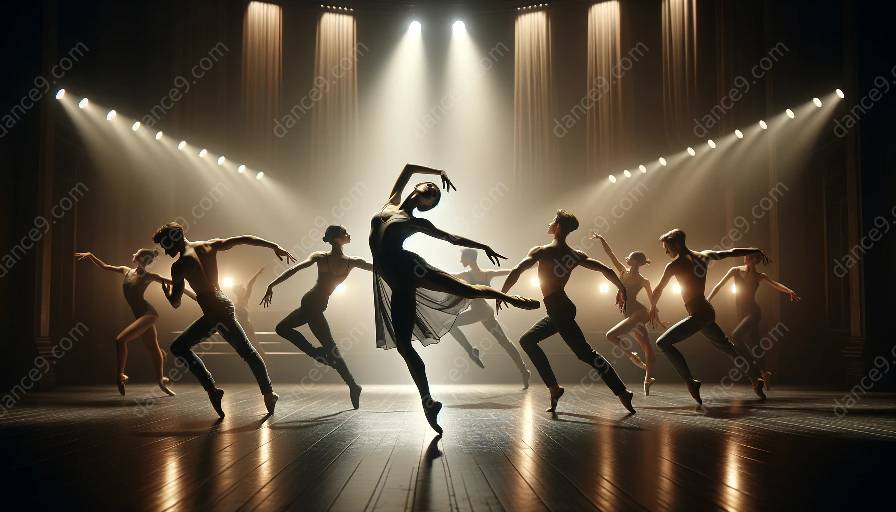Contemporary dance demands a unique approach to choreography, blending technique and creativity. Choreographing contemporary dance pieces requires a deep understanding of movement, music, expression, and innovation. In this article, we will explore the essential elements for creating captivating and impactful contemporary dance compositions.
Understanding Contemporary Dance
Before delving into the key elements of choreography, it's essential to grasp the essence of contemporary dance. Unlike traditional styles, contemporary dance is characterized by its fluidity, versatility, and emotional depth. It often blends elements of various dance forms, breaking conventions and embracing individual expression.
Music and Rhythms
Music serves as the heartbeat of contemporary dance choreography. Choreographers must have a keen ear for selecting music that complements the emotional trajectory and movement dynamics of their pieces. Whether it's exploring intricate rhythms or dancing to ambient sounds, the music sets the tone and rhythm for the entire composition.
Movement Exploration
Contemporary dance values exploration and the breaking of physical boundaries. Choreographers immerse themselves in movement research, experimenting with unconventional gestures, improvisation, and floorwork. This element fosters a sense of originality and dynamism in contemporary dance pieces.
Emotional Expression
Emotion is the lifeblood of contemporary dance. Choreographing evocative and authentic movements that convey a range of emotions is integral to creating impactful pieces. Dance classes often emphasize the connection between movement and emotions, encouraging dancers to delve deep into their own experiences to infuse their choreography with raw expression.
Use of Space
Contemporary dance embraces the entire stage as a canvas for expression. Choreographers consider the spatial dynamics, utilizing levels, pathways, and formations to create visually compelling narratives. This element adds dimension and depth to the choreographic structure.
Innovation and Risk-Taking
Contemporary dance thrives on innovation and pushing artistic boundaries. Choreographers are encouraged to take risks, exploring unconventional concepts, and challenging traditional movement vocabulary. This fearless approach to creativity injects energy and freshness into contemporary dance pieces.
Collaboration and Feedback
Creative collaboration plays a vital role in contemporary dance choreography. Choreographers often work closely with dancers, musicians, and designers to bring their vision to life. Additionally, receiving constructive feedback from peers and mentors is essential for refining and evolving choreographic ideas.
Integration of Technology
In our digital age, choreographing contemporary dance pieces can integrate technological elements, such as projection mapping, interactive lighting, and digital soundscapes. Embracing technology allows choreographers to enhance the visual and auditory experiences of their compositions, expanding the creative possibilities.
Conclusion
Choreographing contemporary dance pieces is a multifaceted and deeply creative process. By embracing the key elements of movement, music, emotional expression, spatial dynamics, innovation, and collaboration, choreographers can craft compelling and thought-provoking compositions that resonate with audiences and students in dance classes.













































































